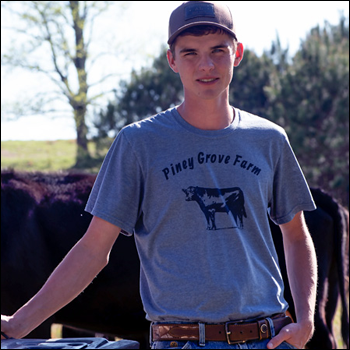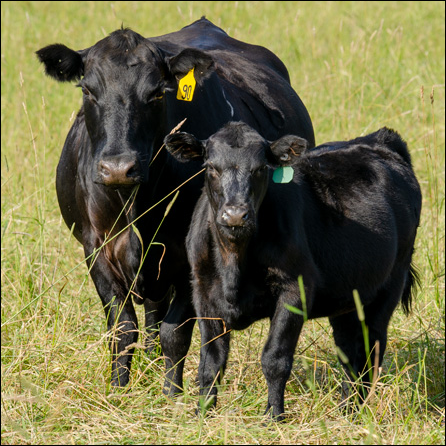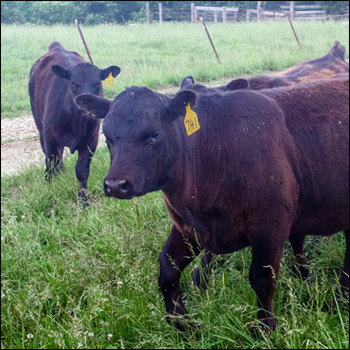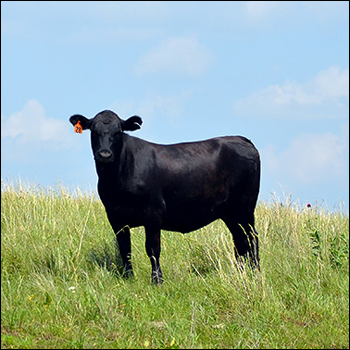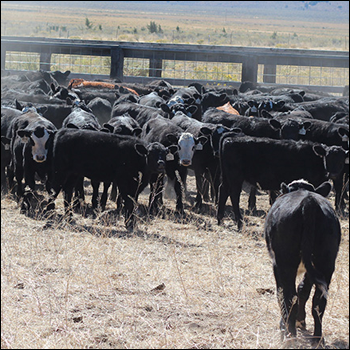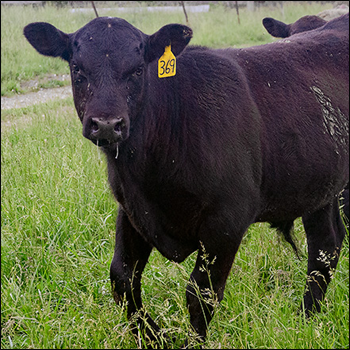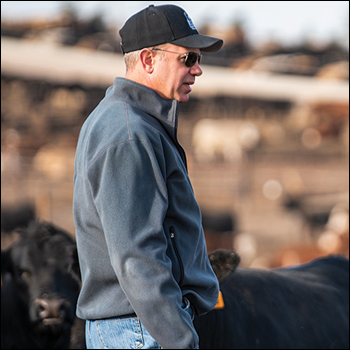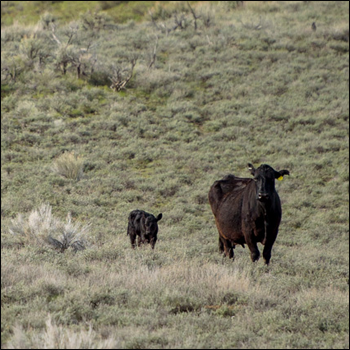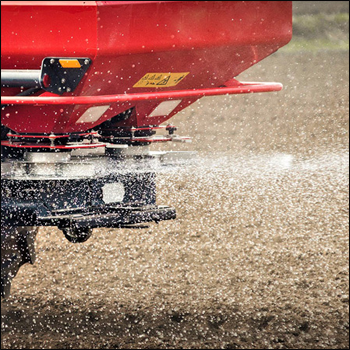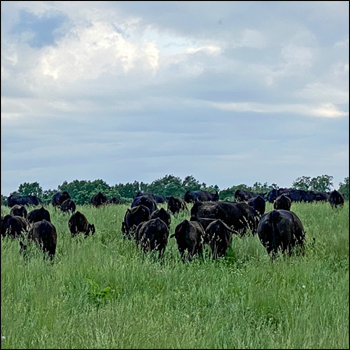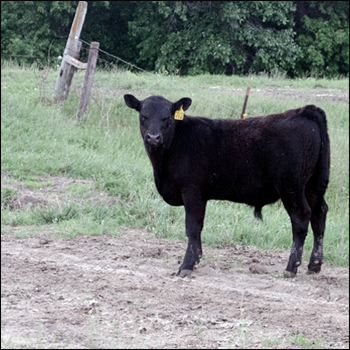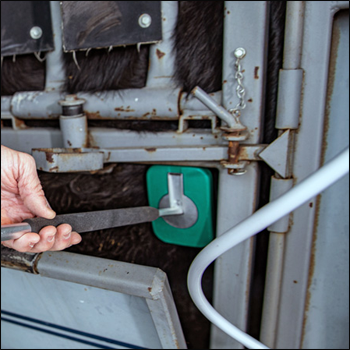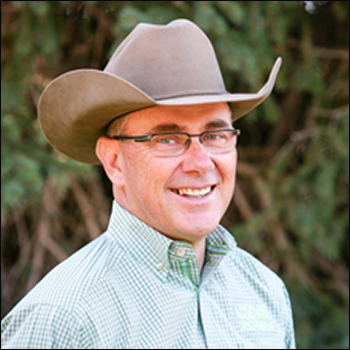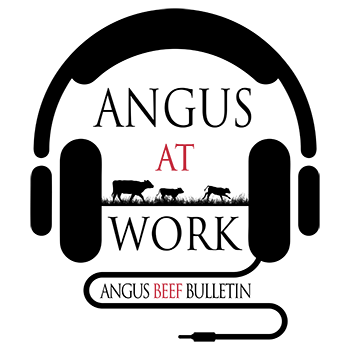
Market Closeout
The summer of uncertainty.
When we look at the calf market, we know the trend should be a positive one for the foreseeable future. We have a lot of things working in our favor. The biggest cause for optimism is simply supply. The calf crop is smaller and will continue to be smaller for the next several years. Mother Nature has conspired to extend the liquidation phase of the cattle cycle, virtually ensuring we will have smaller on-feed numbers for the next several years.
Currently, CattleFax estimates the number of calves outside of feedyards is down more than 800,000 head compared to last year. Beef demand metrics are pointing in the positive direction. It is hard to be bearish when you have historically tight supplies combined with historically high beef demand.
Another positive is that we have seen leverage in the marketplace begin to return to more normal levels. This reduces packer margins. Over the last several months we have seen margins for retailers, cow-calf producers and cattle feeders trend toward more normal levels. Already this year we have seen calf prices average $20-$25 hundredweight (cwt.) more than a year ago.
At the same time, we are seeing the value of high-quality genetics increase significantly. The premiums for cattle qualifying for the Certified Angus Beef® (CAB®) brand and Prime are widening, while simultaneously the value of growth and feed conversion is increasing as costs of gain rise.
That is not to say there aren’t some negative headwinds in the market. Inflation is starting to be felt across the entire economy. Disposable incomes have fallen for the last several months, and consumer confidence has waned. That will limit upside potential. When you couple inflation with drought and the war in Ukraine, there is a lot of uncertainty in the global marketplace.
We all wanted $2 calves, but now that those price levels are in sight, producers are justifiably wondering if the higher prices will be enough to offset higher input costs. Corn at $8 per bushel (bu.) and hay at $190 per ton raise production costs, but they also raise cost of gains and lower calf prices. Throw in $6 diesel, record fertilizer costs and a drought that has moved from the Northern and Central Plains to the Southern Plains and it is easy to understand why higher prices don’t necessarily correlate to higher profits.
The uncertainty doesn’t stop there. We have a lot of data that show calf prices tend to set their seasonal highs during the summer video runs, and then decline into the peak fall run, when the majority of calves come to town. That trend is far from certain this year, as the drought caused large numbers of calves to be placed early. The number of cattle in feedyards is significantly higher than industry prognosticators were predicting.
We even have uncertainty about the premiums for “program” cattle like NeverEver3 (NE3) or Non-Hormone Treated Cattle (NHTC). The premiums for these cattle have been growing over the last several years, and there will be fewer program cattle available going forward. These are all optimistic indicators. Yet there is uncertainty here as well, as $8 corn tends to affect the profitability of these programs even more than conventionally produced cattle.
Even cattle movement patterns are uncertain. We know we have altered typical placement patterns already, but Mother Nature will have a say if we see a return to normalcy or continued altered movement because of moisture conditions.
I won’t even try to break down our geopolitical situation and the effects it could have on the market. The one thing we know is the calf market will move higher. There is just a lot of uncertainty about when we will actually see the rally take off, and how high we go will be determined by where we start from.
The market fundamentals are pointing upward, but there is a lot of uncertainty we have yet to sort out. Fasten your seatbelts. The destination may be known, but the route getting there may have some ups and downs.
Editor’s note: Troy Marshall is the director of commercial industry relations for the American Angus Association.

Angus Proud
In this Angus Proud series, Editorial Intern Jessica Wesson provides insights into how producers across the country use Angus genetics in their respective environments.
 Angus Proud: Scott Sproul
Angus Proud: Scott Sproul
Oklahoma operation learned wisdom of moving calving season to better suit their marketing needs.
 Angus Proud: Bubba Crosby
Angus Proud: Bubba Crosby
Fall-calving Georgia herd uses quality and co-ops to market calves.
 Angus Proud: Jim Moore
Angus Proud: Jim Moore
Arkansas operation retains ownership through feeding and values carcass data.
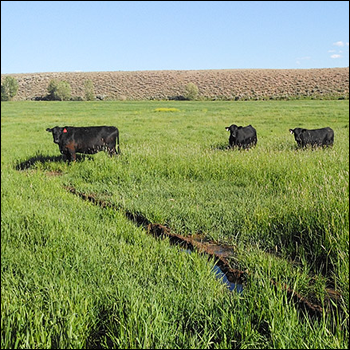 Angus Proud: Stephen Shiner
Angus Proud: Stephen Shiner
Idaho operation rotates pastures in summer and raises crops for winter.
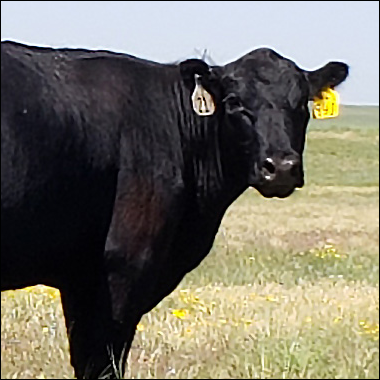 Angus Proud: Brian Nusbaum
Angus Proud: Brian Nusbaum
Angus cattle fit cattleman’s marketing goals and helped him set out on his own.
 Angus Proud: Les Shaw
Angus Proud: Les Shaw
South Dakota operation manages winter with preparation and bull selection.
 Angus Proud: Jeremy Stevens
Angus Proud: Jeremy Stevens
Nebraska operation is self-sufficient for feedstuffs despite sandy soil.
 Angus Proud: Dave Rutan
Angus Proud: Dave Rutan
Angus breeder gets the most out of his bull investment by partnering with opposite calving-season operation.
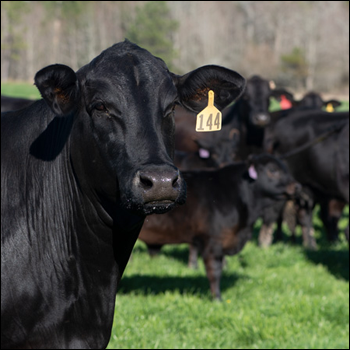 Angus Proud: Nickey Smith
Angus Proud: Nickey Smith
AngusLink helps Louisiana cattleman gain more for his calves.
